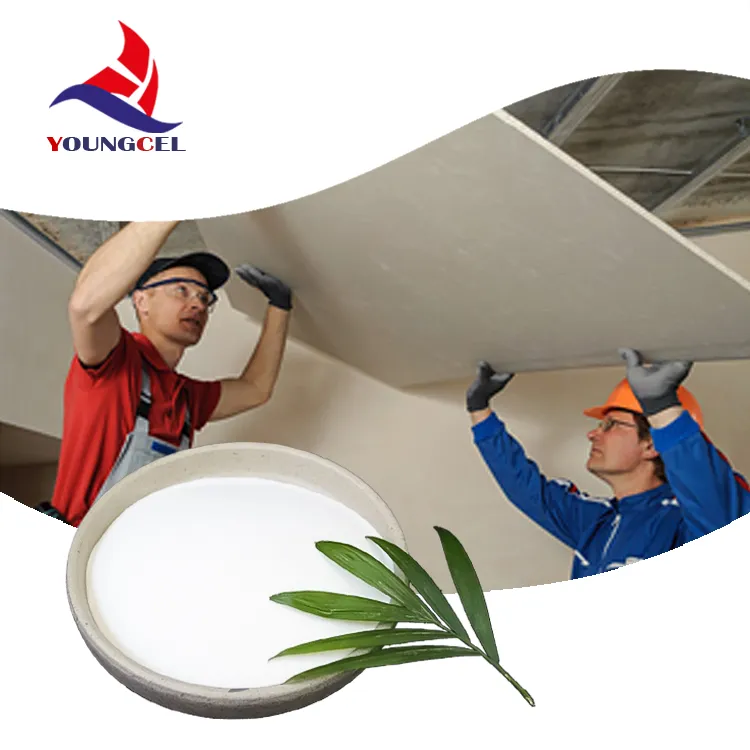Harnessing the Power of HPMC in Pakistan A Sustainable Future for Industry
In recent years, Pakistan has witnessed a surge in industrial advancements, with various sectors exploring innovative materials to enhance product performance and sustainability. Among these materials, Hydroxypropyl Methylcellulose (HPMC) stands out as a versatile and eco-friendly polymer that could significantly impact the country's manufacturing industries, including pharmaceuticals, construction, and food processing.
Understanding HPMC
Hydroxypropyl Methylcellulose is a semi-synthetic polymer derived from cellulose, the most abundant organic polymer on Earth. HPMC is renowned for its exceptional properties, including water solubility, thickening capabilities, and film-forming characteristics. These attributes make it valuable for a wide range of applications, from building materials to pharmaceuticals. As a non-toxic and biodegradable polymer, HPMC provides a sustainable alternative to traditional synthetic materials, aligning with global trends toward environmental sustainability.
Applications in Various Sectors
1. Pharmaceutical Industry In Pakistan, the pharmaceutical sector is a growing industry, striving to improve drug formulations and delivery systems. HPMC is widely used as a thickening agent, binding agent, and controlled-release matrix in tablets and capsules. Its ability to enhance solubility and bioavailability of drugs can lead to the development of more effective medications for various health issues faced by the Pakistani population. Furthermore, the use of HPMC in pharmaceutical products complies with global regulatory standards, ensuring that locally produced medicines can compete on an international level.
2. Construction Sector The construction industry in Pakistan is booming, with numerous projects underway to improve infrastructure and housing. HPMC serves as a key additive in cement-based products and mortar formulations, improving workability, water retention, and adhesion properties. These enhancements lead to stronger, more durable structures while reducing the overall environmental impact of construction activities. By incorporating HPMC into construction materials, Pakistan can promote more sustainable building practices that align with eco-friendly initiatives.
3. Food Processing With the rise of food security concerns in Pakistan, the food processing sector is increasingly looking for ways to improve product quality and shelf life. HPMC acts as a thickener, emulsifier, and stabilizer in various food products, such as sauces, dressings, and baked goods. Its role in maintaining texture and moisture levels can enhance the quality of local food products, making them more appealing to both domestic and international consumers.
hpmc pakistan

Economic and Environmental Benefits
The integration of HPMC in various industries can provide significant economic benefits for Pakistan. By utilizing locally sourced materials and investing in research and development, the country can reduce its dependency on imported polymers and chemical additives. This shift not only lowers costs but also stimulates local manufacturing and job creation.
Environmentally, the adoption of HPMC aligns with global sustainability goals. As a biodegradable material, HPMC reduces the reliance on traditional plastics and synthetic compounds that contribute to environmental pollution. By promoting the use of HPMC, Pakistan can position itself as a leader in sustainable practices, fostering a healthier environment for future generations.
Challenges and Future Prospects
While the potential of HPMC in Pakistan is vast, several challenges remain. Awareness and education about the benefits of HPMC among manufacturers and consumers need to be addressed. Collaborative efforts between government agencies, educational institutions, and industry stakeholders are essential to drive research, development, and adoption of HPMC-based solutions.
Moreover, establishing a robust supply chain for HPMC production will be crucial in making it accessible to various industries. Investment in local manufacturing facilities can facilitate this process and ensure that industries have a steady supply of this versatile polymer.
Conclusion
In conclusion, Hydroxypropyl Methylcellulose has the potential to revolutionize multiple sectors in Pakistan, offering enhanced product performance while aligning with sustainable practices. By prioritizing the development and integration of HPMC, Pakistan can not only uplift its industrial standards but also contribute positively to the global movement toward eco-friendly materials. The journey towards a sustainable future is indeed challenging, but with HPMC leading the way, Pakistan can strive for innovative growth and environmental conservation simultaneously.
-
The Application and Significance of Construction RdpNewsMay.19,2025
-
Industrial Grade HpmcNewsMay.19,2025
-
Building Coating Adhesive Building Coating Adhesive HpmcNewsMay.19,2025
-
Application Of Hpmc For Detergent For Detergent In DetergentsNewsMay.19,2025
-
Application Of Hpmc Cellulose In Cement-Based MaterialsNewsMay.19,2025
-
Application Of High Quality Hpmc For Construction In The Field Of ConstructionNewsMay.19,2025




